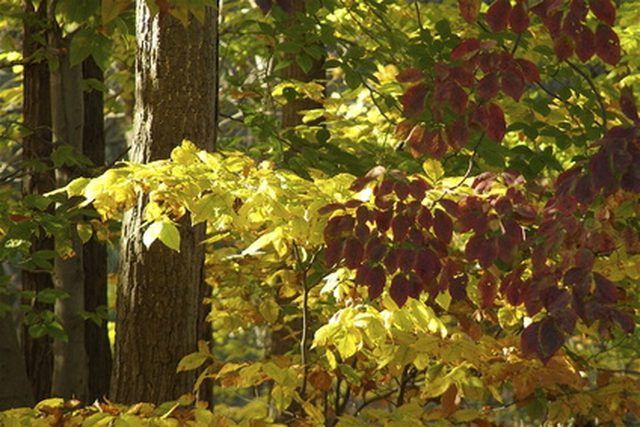Bulbs
Flower Basics
Flower Beds & Specialty Gardens
Flower Garden
Garden Furniture
Garden Gnomes
Garden Seeds
Garden Sheds
Garden Statues
Garden Tools & Supplies
Gardening Basics
Green & Organic
Groundcovers & Vines
Growing Annuals
Growing Basil
Growing Beans
Growing Berries
Growing Blueberries
Growing Cactus
Growing Corn
Growing Cotton
Growing Edibles
Growing Flowers
Growing Garlic
Growing Grapes
Growing Grass
Growing Herbs
Growing Jasmine
Growing Mint
Growing Mushrooms
Orchids
Growing Peanuts
Growing Perennials
Growing Plants
Growing Rosemary
Growing Roses
Growing Strawberries
Growing Sunflowers
Growing Thyme
Growing Tomatoes
Growing Tulips
Growing Vegetables
Herb Basics
Herb Garden
Indoor Growing
Landscaping Basics
Landscaping Patios
Landscaping Plants
Landscaping Shrubs
Landscaping Trees
Landscaping Walks & Pathways
Lawn Basics
Lawn Maintenance
Lawn Mowers
Lawn Ornaments
Lawn Planting
Lawn Tools
Outdoor Growing
Overall Landscape Planning
Pests, Weeds & Problems
Plant Basics
Rock Garden
Rose Garden
Shrubs
Soil
Specialty Gardens
Trees
Vegetable Garden
Yard Maintenance
Why Are Sun Leaves Thicker Than Shade Leaves?
Why Are Sun Leaves Thicker Than Shade Leaves?. When exploring nature, many observers notice that plant leaves adapt to their environment. As a plant grows, some leaves are exposed to the sun and other remain shaded. Typically, shaded leaves are located underneath sun leaves, and sun leaves are thicker. The different light conditions lead to...

When exploring nature, many observers notice that plant leaves adapt to their environment. As a plant grows, some leaves are exposed to the sun and other remain shaded. Typically, shaded leaves are located underneath sun leaves, and sun leaves are thicker. The different light conditions lead to physical changes in the structure of shade leaves and sun leaves.
Shade Leaves vs. Sun Leaves
Generally speaking, shade leaves are the largest leaves of a plant. While shade leaves are bigger, sun leaves are thicker than their shaded counterparts. The differences in physical structure are caused by the cellular makeup of the leaves, according to the Oxford Journals website.
Palisade Cells
Palisade tissue makes up part of a leaf's cellular structure, according to the Science and Plants for Schools (SAPS) website. Sun leaves are thicker than shaded leaves primarily because these leaves contain two to three layers of palisade cells. Shaded leaves generally only contain one layer of palisade cells.
Chloroplasts
The palisade tissue of the leaves differs because of the way shade and sun leaves use and capture light. According to the SAPS website, shade leaves and sun leaves have differing chloroplast structures. Chloroplasts help capture the sunlight and aid in photosynthesis, the process by which plants convert light into energy. In shade leaves, the chloroplasts are evenly distributed in the leaf, keeping it thin. In sun leaves, chloroplasts group together and position themselves in bunches where they can gather the most sunlight.
Mesophyll Surface Areas
Another structural element that changes the thickness of a leaf is the mesophyll surface area. The mesophyll surface area of a leaf is related to chloroplast production, according to the Oxford Journals website. The mesophyll is responsible for transporting carbon dioxide to the chloroplasts. As there are generally thicker groupings of chloroplasts in the sun leaves, the mesophyll structure is thicker to compensate.
Leaf Development
According to the SAPS website, the structural differences between sun leaves and shade leaves occur during leaf production and development. Mature, adult leaves are unable to change their structure if the lighting conditions change. This can explain why some people may observe sun leaves that appear brittle, damaged and thin, as observed on the Earth Expeditions website.